NHS health boards across the north and north-east expect to spend more than £26 million on energy this year, more than double their total five years ago.
All five of the boards covering the region have almost universally had year-on-year increases in their energy costs since 2017/18.
But the predicted jump in price this year far exceeds any other, with NHS Grampian’s bill alone leaping up from £11.5 million last year to £18.2 million.
NHS Orkney is expecting to spend 400% more on electricity this year than it was spending five years ago.
A boss from the island health board said the rises “have had an impact on budgets”.
Energy bills hit £18 million last year
The staggering increases illustrate the impact of the cost of living crisis on the region’s public bodies, revealed for the first time in figures obtained by The Press and Journal through freedom of information requests.
They show similar issues for councils in the north and north-east, as well as the region’s prisons and courts.
In 2017/18, the combined energy bill for NHS Grampian, Highland, Western Isles, Shetland and Orkney was £12.2 million.
Last year, the figure topped £18 million.
And with global factors pushing energy prices even further skyward, there is concern about how the health service will cope with extra pressure on its budgets.
In September, NHS Grampian deputy chief executive Adam Coldwells told MSPs: “In the very short term, I think we are very limited in what we can do and we are facing enormous rises in cost.”
And beyond just energy, the health board is facing a £71 million black hole next year.
‘All public services are experiencing this’
But bosses in the north-east say services for patients will not be scaled back or compromised due to the rising bills.
Gavin Payne, the deputy manager for estates and facilities, said: “We have to find space in the budget, and we are in constant dialogue with the Scottish Government because this is not a unique to Grampian thing.
“It’s not even unique to the health service, it’s all public services that will be experiencing this.
“We’ll be working with the Scottish Government to see what is the funding envelope for the next year and subsequent years, and then we’ll manage as much as possible within that.”
Hit by gas price rise
The reason NHS Grampian’s energy bill has soared more quickly than the other health boards in the region recently is gas, according to head of sustainability, compliance and risk Robert Hobkirk.
None of the others in the north and north-east generate electricity from gas – usually a cheaper method, before the price started rocketing.
Dr Hobkirk said: “Whether you’re a hospital or a domestic user, you’ve seen the cost of gas is going up greater than the cost of electricity.
“So hospitals and the public sector are no different than the rest of us on that front.”
Mr Payne added: “It’s a significant challenge.”
For NHS Orkney, which saw its energy costs jump significantly when it moved into the Balfour Hospital in 2019, the UK Government’s renewable heat incentive has helped.
The new building is all-electric, with its energy needs supported by solar panels and heat pumps.
The health board’s estates manager Alan Scott said: “The board remains committed to using green energy and supporting net zero.
“But due to the gradual increase in wholesale electricity, the costs have had an impact on budgets for the board.”
More from this series
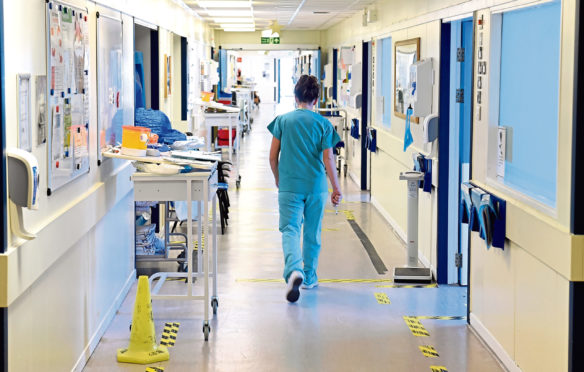
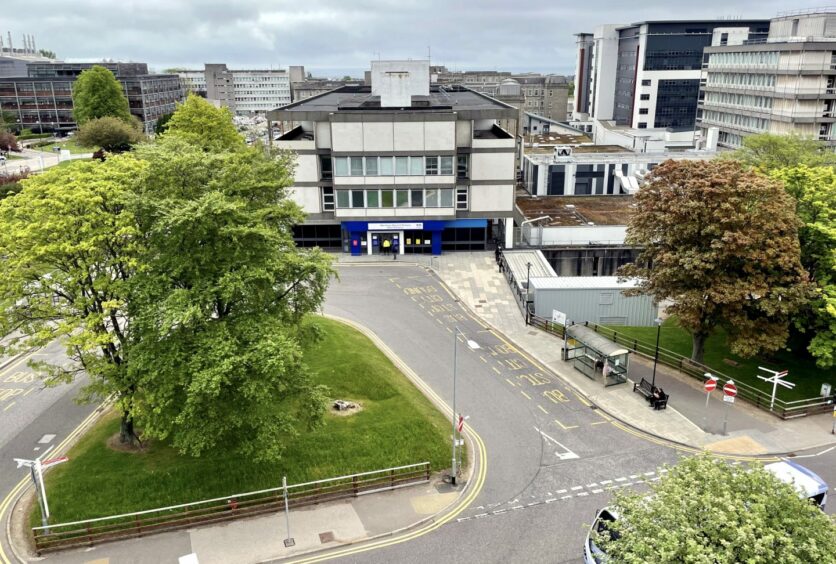
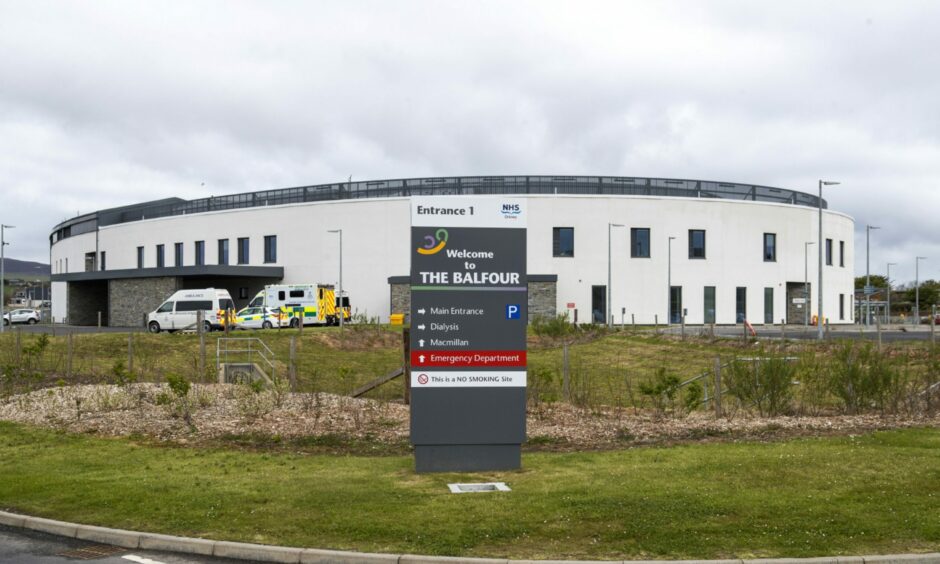
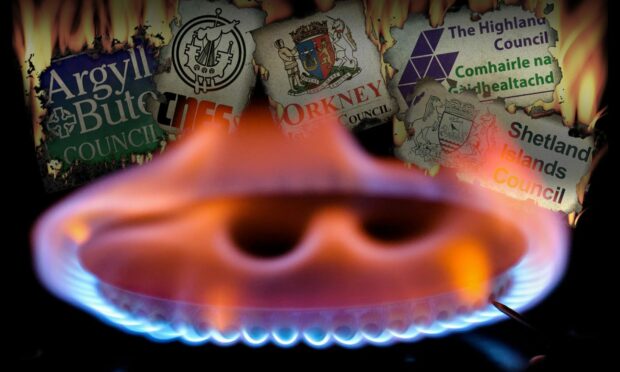

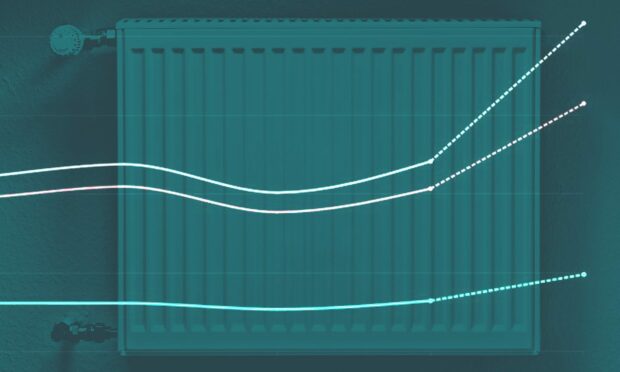
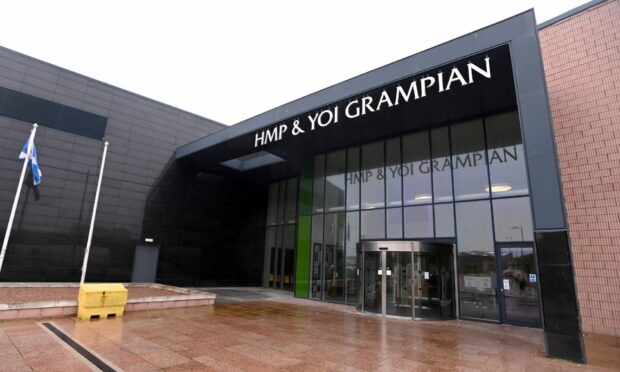
Conversation